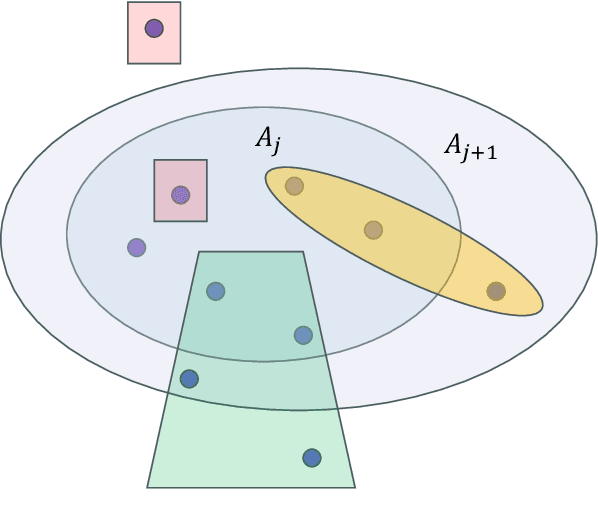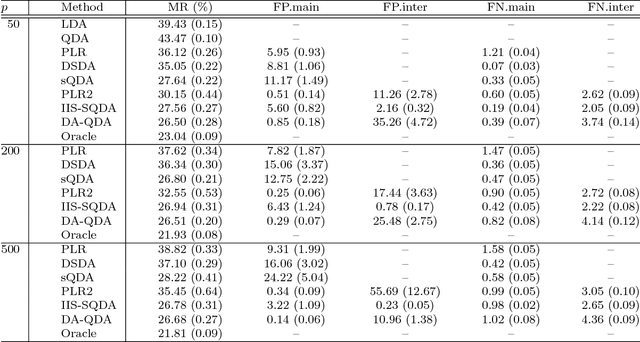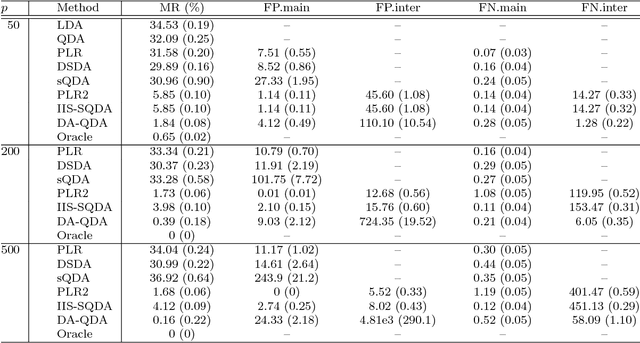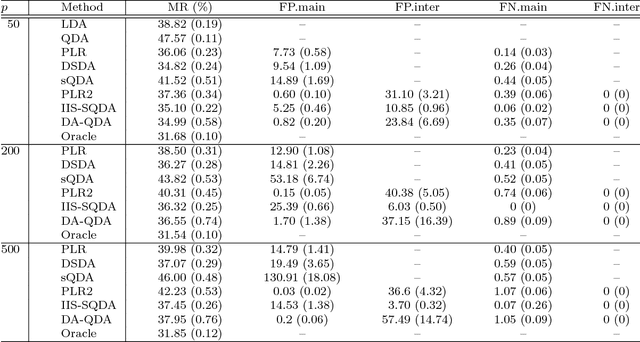Binyan Jiang
A Survey on Large Language Model-based Agents for Statistics and Data Science
Dec 18, 2024Abstract:In recent years, data science agents powered by Large Language Models (LLMs), known as "data agents," have shown significant potential to transform the traditional data analysis paradigm. This survey provides an overview of the evolution, capabilities, and applications of LLM-based data agents, highlighting their role in simplifying complex data tasks and lowering the entry barrier for users without related expertise. We explore current trends in the design of LLM-based frameworks, detailing essential features such as planning, reasoning, reflection, multi-agent collaboration, user interface, knowledge integration, and system design, which enable agents to address data-centric problems with minimal human intervention. Furthermore, we analyze several case studies to demonstrate the practical applications of various data agents in real-world scenarios. Finally, we identify key challenges and propose future research directions to advance the development of data agents into intelligent statistical analysis software.
LAMBDA: A Large Model Based Data Agent
Jul 24, 2024Abstract:We introduce ``LAMBDA," a novel open-source, code-free multi-agent data analysis system that that harnesses the power of large models. LAMBDA is designed to address data analysis challenges in complex data-driven applications through the use of innovatively designed data agents that operate iteratively and generatively using natural language. At the core of LAMBDA are two key agent roles: the programmer and the inspector, which are engineered to work together seamlessly. Specifically, the programmer generates code based on the user's instructions and domain-specific knowledge, enhanced by advanced models. Meanwhile, the inspector debugs the code when necessary. To ensure robustness and handle adverse scenarios, LAMBDA features a user interface that allows direct user intervention in the operational loop. Additionally, LAMBDA can flexibly integrate external models and algorithms through our knowledge integration mechanism, catering to the needs of customized data analysis. LAMBDA has demonstrated strong performance on various machine learning datasets. It has the potential to enhance data science practice and analysis paradigm by seamlessly integrating human and artificial intelligence, making it more accessible, effective, and efficient for individuals from diverse backgrounds. The strong performance of LAMBDA in solving data science problems is demonstrated in several case studies, which are presented at \url{https://www.polyu.edu.hk/ama/cmfai/lambda.html}.
Statistical ranking with dynamic covariates
Jun 24, 2024



Abstract:We consider a covariate-assisted ranking model grounded in the Plackett--Luce framework. Unlike existing works focusing on pure covariates or individual effects with fixed covariates, our approach integrates individual effects with dynamic covariates. This added flexibility enhances realistic ranking yet poses significant challenges for analyzing the associated estimation procedures. This paper makes an initial attempt to address these challenges. We begin by discussing the sufficient and necessary condition for the model's identifiability. We then introduce an efficient alternating maximization algorithm to compute the maximum likelihood estimator (MLE). Under suitable assumptions on the topology of comparison graphs and dynamic covariates, we establish a quantitative uniform consistency result for the MLE with convergence rates characterized by the asymptotic graph connectivity. The proposed graph topology assumption holds for several popular random graph models under optimal leading-order sparsity conditions. A comprehensive numerical study is conducted to corroborate our theoretical findings and demonstrate the application of the proposed model to real-world datasets, including horse racing and tennis competitions.
Linear Discriminant Analysis with High-dimensional Mixed Variables
Dec 14, 2021Abstract:Datasets containing both categorical and continuous variables are frequently encountered in many areas, and with the rapid development of modern measurement technologies, the dimensions of these variables can be very high. Despite the recent progress made in modelling high-dimensional data for continuous variables, there is a scarcity of methods that can deal with a mixed set of variables. To fill this gap, this paper develops a novel approach for classifying high-dimensional observations with mixed variables. Our framework builds on a location model, in which the distributions of the continuous variables conditional on categorical ones are assumed Gaussian. We overcome the challenge of having to split data into exponentially many cells, or combinations of the categorical variables, by kernel smoothing, and provide new perspectives for its bandwidth choice to ensure an analogue of Bochner's Lemma, which is different to the usual bias-variance tradeoff. We show that the two sets of parameters in our model can be separately estimated and provide penalized likelihood for their estimation. Results on the estimation accuracy and the misclassification rates are established, and the competitive performance of the proposed classifier is illustrated by extensive simulation and real data studies.
A Direct Approach for Sparse Quadratic Discriminant Analysis
Sep 05, 2018



Abstract:Quadratic discriminant analysis (QDA) is a standard tool for classification due to its simplicity and flexibility. Because the number of its parameters scales quadratically with the number of the variables, QDA is not practical, however, when the dimensionality is relatively large. To address this, we propose a novel procedure named DA-QDA for QDA in analyzing high-dimensional data. Formulated in a simple and coherent framework, DA-QDA aims to directly estimate the key quantities in the Bayes discriminant function including quadratic interactions and a linear index of the variables for classification. Under appropriate sparsity assumptions, we establish consistency results for estimating the interactions and the linear index, and further demonstrate that the misclassification rate of our procedure converges to the optimal Bayes risk, even when the dimensionality is exponentially high with respect to the sample size. An efficient algorithm based on the alternating direction method of multipliers (ADMM) is developed for finding interactions, which is much faster than its competitor in the literature. The promising performance of DA-QDA is illustrated via extensive simulation studies and the analysis of four real datasets.
 Add to Chrome
Add to Chrome Add to Firefox
Add to Firefox Add to Edge
Add to Edge